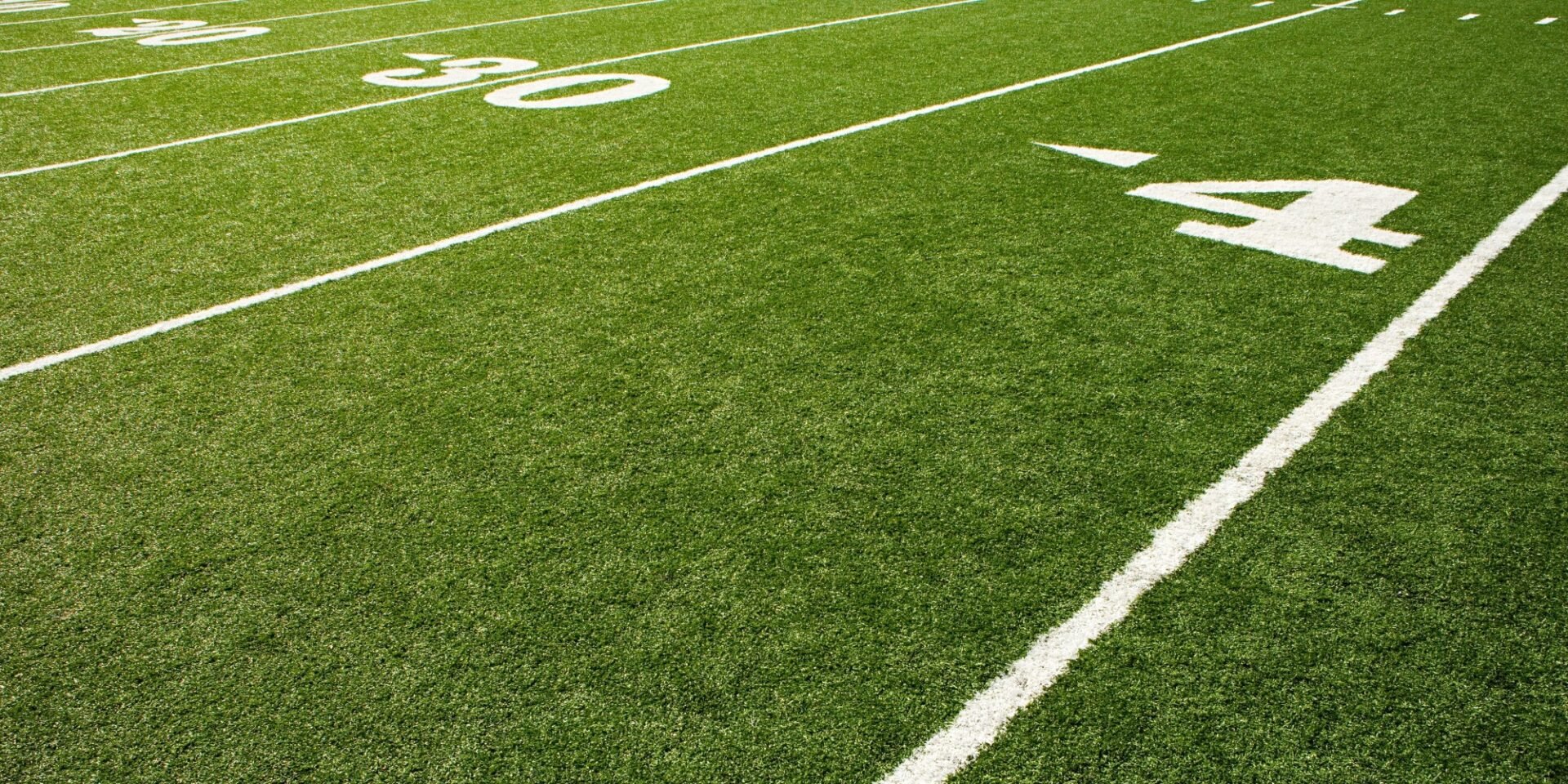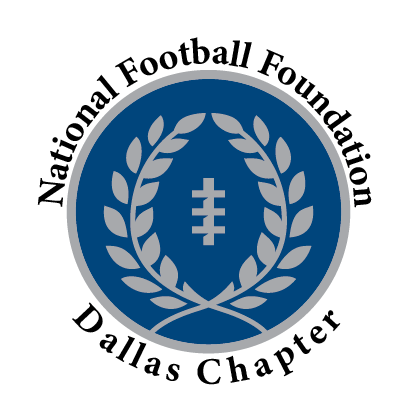
Frequently asked questions.
What area does the Gridiron Club of Dallas serve?
There are no official boundaries that the Gridiron Club of Dallas serves versus other chapters in Texas. However, the Gridiron Club of Dallas has typically served the greater Dallas-Fort Worth metroplex.
Why is a football field called a “gridiron”?
To understand where the popular term “gridiron” originated, we have to go back to the 14th century, when the word was commonly used to describe a metal grid for cooking over a fire.
Now fast-forward to the late 19th century and early 20th century, when football as we know it today was just starting to distinguish itself from older, related games like rugby and associate football (now known as soccer).
In addition to the use of hard plastic helmets and shoulder pads, the forward pass, a line of scrimmage and other unique traits, one of the most defining characteristics of football was the playing field. Until the early 1920s, football fields were marked in a checkerboard (or grid) pattern, resembling a gridiron.
In a 1911 issue of Outdoor Sports and Games, sportswriter Claude H. Miller forever cemented the term “gridiron” to this new-fangled sport when he wrote:
“The lines on a football field make a checkerboard effect and have given to the field the name of ‘gridiron.'”
In time, the grid system was ditched for the yard lines and hash marks that we still use today, but the term “gridiron” stuck.
Football stadium at Syracuse University (1910) showing the original grid pattern.

